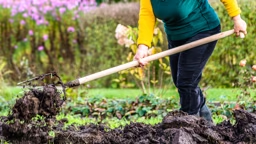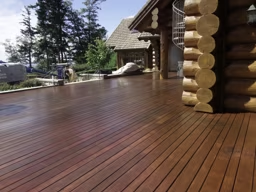
This story was written by a Horticulture magazine editor
A gardener hitting the garden center in the spring is akin to a kid in a candy shop any day of the year. The promises of a perfect garden dance in your head, and frankly, you haven’t spent much money on your garden all winter, so what is a few extra dollars here or there? But it adds up. When trying to keep my garden budget in line, I try to stick to a few basic rules of thumb.
Avoid shopping on the proverbial empty stomach.
I like to assess my garden’s needs while sitting in my house on a cold, grey late winter day and comparison shop from the mail order companies. This calm, rational method helps me stick to my budget and prevents the one-of-this and one-of-that school of garden design from happening in my yard (or lessens it). I then hit the local nurseries for items I really need to see to buy or things that are too heavy to ship at a reasonable cost. Finally, I frequent small plant sales where the plants are often smaller but available for a fraction of the typical cost.
Mulch Your Yard.
Another way that I keep my landscaping costs in check is to mulch. Mulch can come in the form of ground up leaves, pine needles, or compost from your bin. Mulch helps to keep weeds down, which means you’ll spend less time weeding—freeing you up to do the jobs that you may otherwise hire a landscaper to handle, such as mowing, pruning, and edging. Mulch also helps keep moisture in the ground, so you’ll be watering less throughout the year.
Conserve water with Irrigation.
Irrigate your garden using targeted drip irrigation or sprinklers that only operate when plants really need it. This will help keep your plants happy and keeps your water bill down. Another way to keep water costs down is by installing the drought-tolerant plants that are best for your area. Almost every region across the country has experienced lower average rainfalls in the past few years. Plan on this trend continuing.
Start the unusual from seed.
If you are hankering for something unusual, save yourself the money, invest the time, learn a little about propagation and start it from seed. It might take a bit longer to grow to size, but you’ll have the satisfaction of having grown it yourself.











